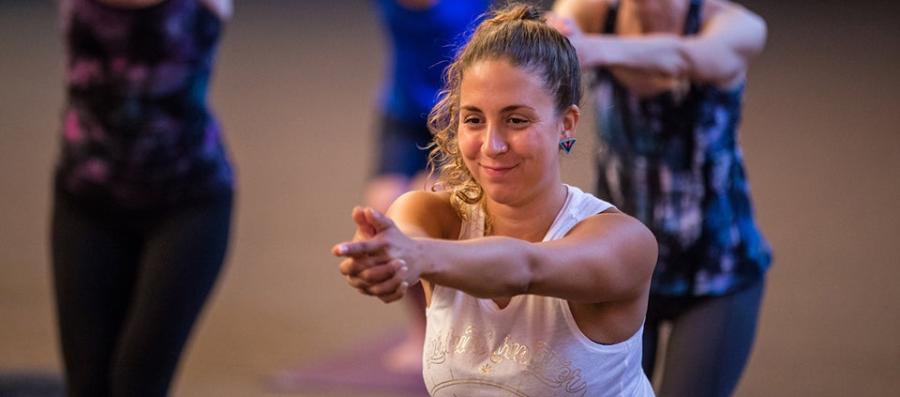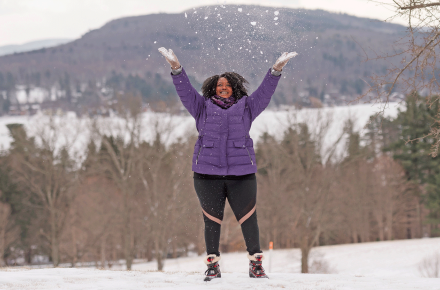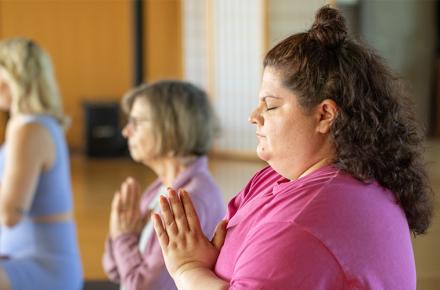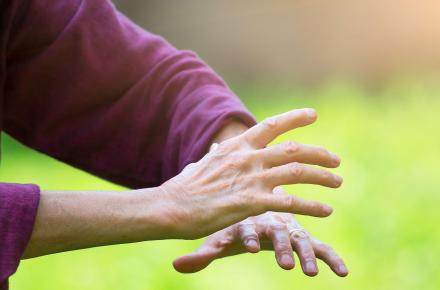Five Things to Remember When You Step on Your Yoga Mat

The beauty of yoga practice is that it’s not “one size fits all.” However, there are a number of fundamental principles that can help you get the most out of your practice, no matter what level you’re at. These core principles empower all practitioners by helping cultivate self-awareness, so that every action you take on the mat comes from a place of strength, stability, and mindfulness.
There is no single “right” way to do a yoga posture. “We adjust the form to meet the body, not the other way around,” says Dean of the Kripalu School of Yoga Cristie Newhart. When you step onto your mat, try setting an intention to let go of expectations of what you’re “supposed” to look like; instead, experiment and go within to sense what works for you at that very moment.
Start breathing before you start moving. Breath is the foundation of yoga practice. Breathe fully into every posture so that prana, the life force, can flow freely. Become expansive with each breath, creating more space. “Breath is primary, movement secondary,” Cristie says. “Movement always follows the breath.”
Lubricate the joints. Take a few moments to gently circle the ankles, knees, hips, shoulders, and elbows before starting your practice. Creating fluidity in the joints promotes and enhances mobility, Cristie notes, and warms up the body in preparation for the poses.
Build your foundation from the ground up. “Each posture has a different relationship to gravity,” says Cristie. Creating awareness around that relationship is necessary to establish a nourishing practice. Root down through the feet to lengthen your spine in Triangle, engage the hands on the mat to stabilize the arms in Table, and press down through the hips to elongate through the crown of the head in seated postures such as Easy pose.
In each pose, ask yourself, How can I support myself here? The body responds to support, not pulling or straining. Don’t be afraid to modify, adjusting the form to your body. If you can’t reach the floor in Standing Forward Bend, place a block under each hand. In seated meditation or breathwork, encourage the pelvis to tilt forward by sitting on the edge of a cushion (or two). If balancing in Tree pose doesn’t happen right away, use a wall for support. Or keep your toes on the floor. Or press your foot against your shin. With patience, practice, and a sense of nonjudgmental curiosity, you can let go of frustration, avoid injury, and build confidence.
Yoga can support us in releasing tension and cultivating ease within all aspects of our being. Implementing these core principles will help you create a satisfying, uniquely personal practice. As Cristie says, “You are in charge of your yoga—it’s always up to you.”
© Kripalu Center for Yoga & Health. All rights reserved. To request permission to reprint, please e-mail editor@kripalu.org.
Articles, programs, promotions, recipes, and more, delivered right to your inbox.
You May Also Like
Related Programs

Yoga and Contemplation


Winter’s Gift


Begin Again


Tibetan Yoga for Grief, Resilience, and Empowerment


The Kripalu Silent Retreat



Deep Dive

Get Our Catalog
Get a sneak peek of everything happening at Kripalu in the coming season. Sign up to get our print catalog delivered to your doorstep.
Newcomer's Guide
New to Kripalu? Explore who we are, what we offer, and begin your transformation today.





































